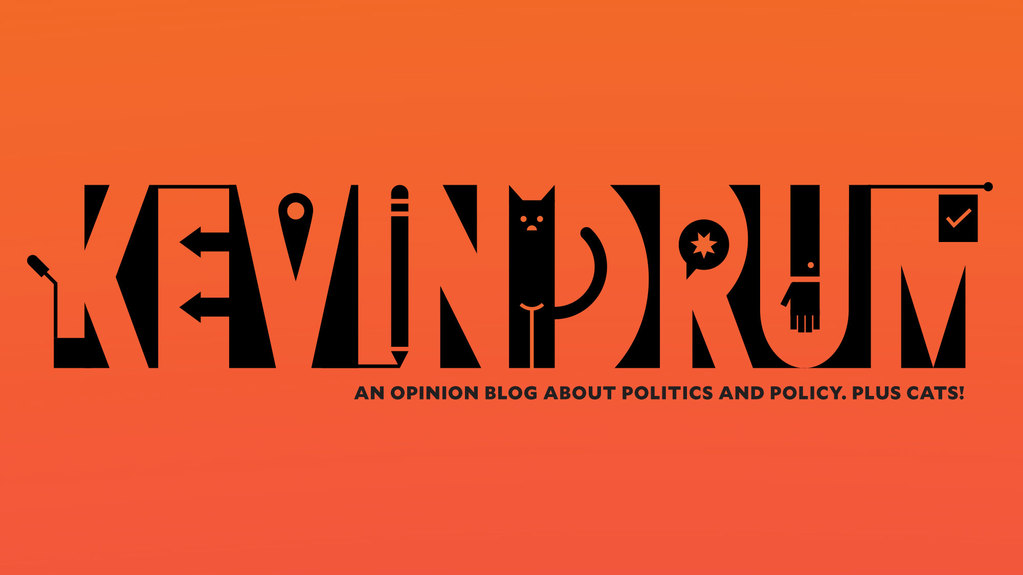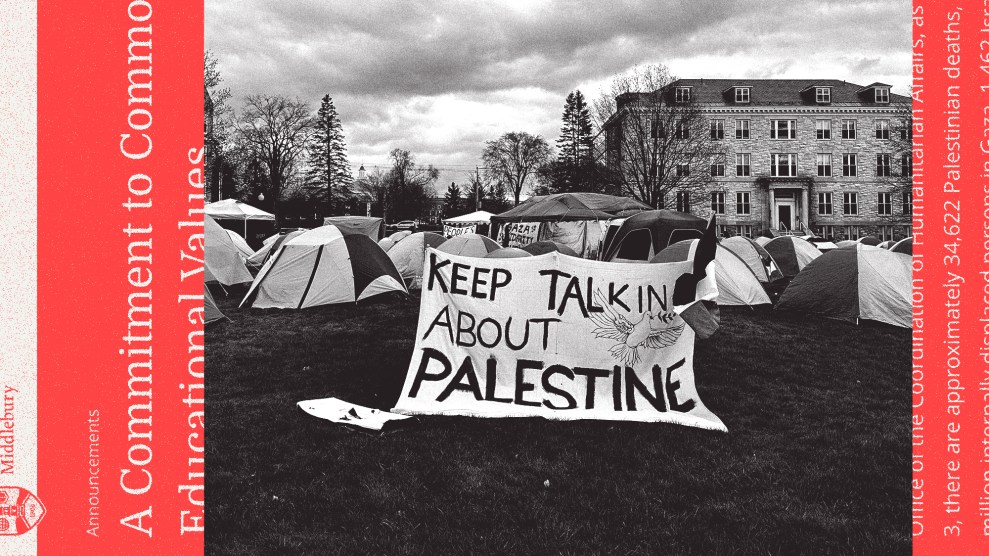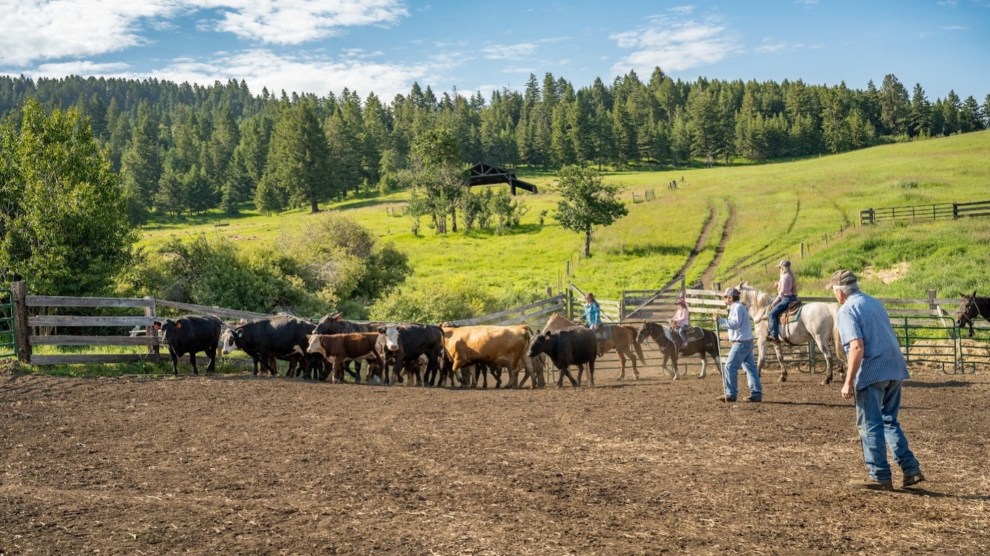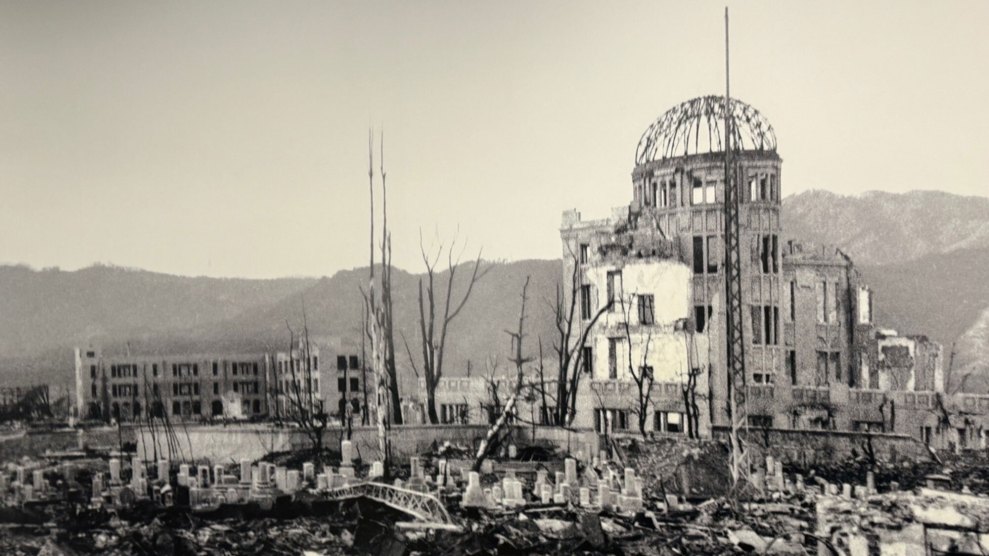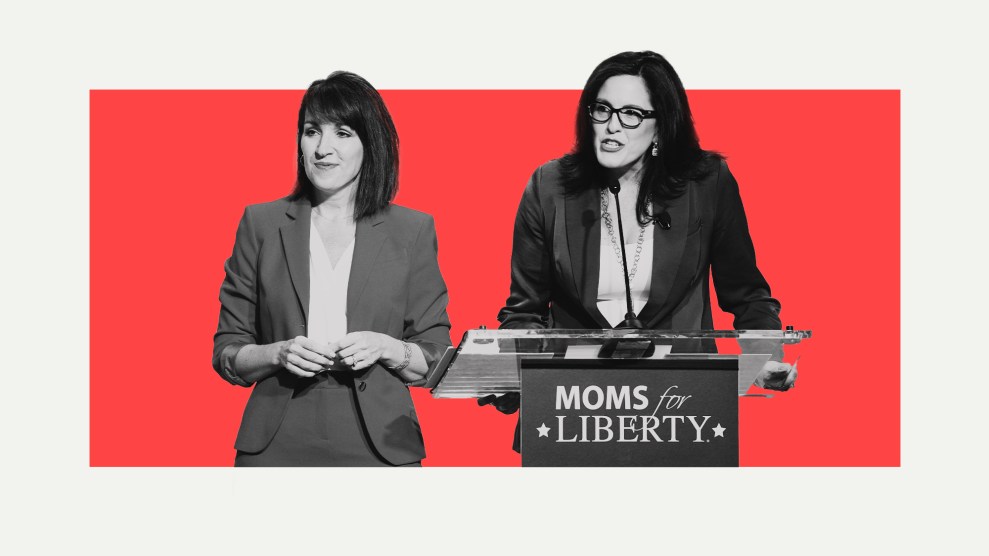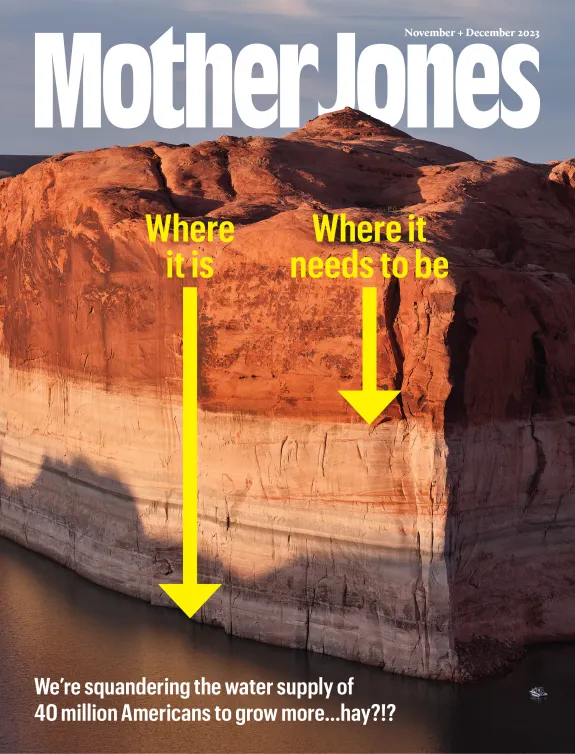
Photo courtesy United States Department of Homeland Security
Large old trees sequester a lifetime’s worth of carbon, significantly offsetting our own carbon emissions. But when wildfires consume those big old trees, they release that stored carbon into the atmosphere. It can take decades for forest regrowth to sequester the amount of carbon emitted in a single fire.
However when prescribed burns are set to reduce underbrush and protect those big trees, their flames release significantly less CO2 than wildfires of the same size. This according to a new paper in Environmental Science & Technology. Lead author Christine Wiedinmyer at the National Center for Atmospheric Research in Boulder says:
“It appears that prescribed burns can be an important piece of a climate change strategy. If we reintroduce fires into our ecosystems, we may be able to protect larger trees and significantly reduce the amount of carbon released into the atmosphere by major wildfires.
Using satellite observations and computer models of emissions, the team concluded that widespread prescribed burns can reduce fire emissions of carbon dioxide in the West by an average of 18 to 25 percent and by as much as 60 percent in certain forest systems. This happens because prescribed fires burn the underbrush and small trees that store less carbon, while reducing the chances of high-severity wildfires that kill off big trees. Coauthor Matthew Hurteau of Northern Arizona University tells the National Science Foundation:
“When fire comes more frequently, it’s less severe and causes lower tree mortality. Fire protects trees by clearing out the fuel that builds up in the forest.”
In the western US, land managers have spent most of the last century suppressing fires and that’s led to comparatively dense forests that store large amounts of carbon. But these forests are also now overgrown and vulnerable to large fires. Changes in climate, including hotter and drier weather in summers, as forecast for a warming West, are expected to spur increasingly large fires in the future.
Another benefit of prescribed burns: Improved air quality and human health, since previous research indicates that controlled burns reduce emissions of fine particulate matter and carbon monoxide compared to wildfires.
